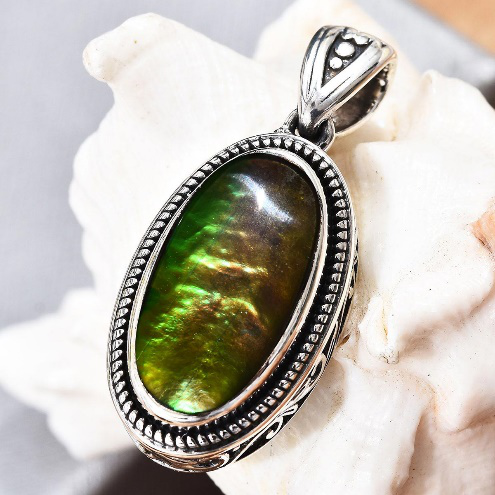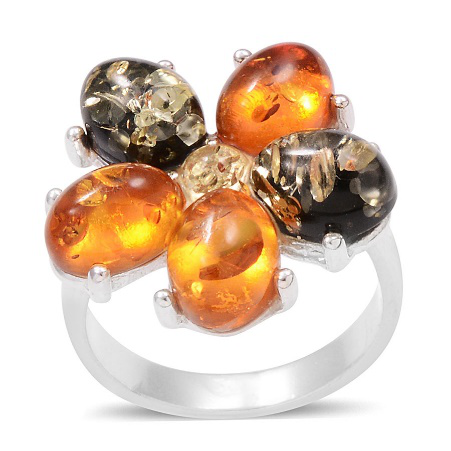ORGANIC GEMS
Category: Technique | Date: 05/02/2020
Most gemstones are minerals that consist of crystal-like structure. However, organic gems are the ones that are not minerals and have a natural origin. These gems are formed with an age-old biological process and could be the fossil of plants or animals. As they get hardened due to a long period of time and organic methods, they take some unusual look and effect. These substances are organic gems. Some popular organic gems are coral, amber, ammolite, pearl and ivory.

Coral: Corals grow on the rocky seafloor, deep under the oceans and sea. This gemstone is the result of a biological process that can take thousands of years. Coral is a branching skeleton-like structure built by small marine animals known as coral polyps. The coral skeleton is composed of hard calcium carbonate colored by carotenoid pigments. The substance is not only used in jewelry making but also for decorative items. Coral is opaque and does not possess inclusions. Learn more about coral at Shop LC.

Ammolite: Another beautiful addition to the list of organic gems is ammolite. It is formed from the fossilized shell of prehistoric sea creatures called ammonites, which compressed where they lay to rest between sediment on the sea floor. Over millions of years, the shifting of tectonic plates applied pressure and mineralization to converting ammonite shells into striking ammolite specimens. It is prized for its fascinating and beautiful color. Learn more about ammolite at Shop LC.

Amber: Amber is the resin of the pine tree, which is fossilized and hardened during the long period formation. The gem is popular for its incredible inclusions that include plants, insects and even strands of DNA. Amber has exceptional clarity and beautiful color. Learn more about amber at Shop LC.

Pearl: Peal is one of the most well known organic gems since the longest times. These grow in mollusks deep under the sea or artificially cultivated with modern techniques in similar habitat. Pearls come in a wide range, depending on their parent mollusks and geographical location. About 92 percent of pearl is calcium carbonate, in the form of aragonite crystals, held together by an organic substance, concholin and little water. Pearls are certainly the most expensive organic gems. Learn more about pearls at Shop LC.

Ivory: Ivory primarily contains calcium phosphate. It is whitish material obtains from elephant tusks or animals which have big teeth like walrus, wild boar and hippopotamus. Ivory is generally intensively carved for jewelry and other ornamental uses. Ivory decors are quite popular among collectors. However, many countries have banned the use of ivory due to animal abuse and their declining population.